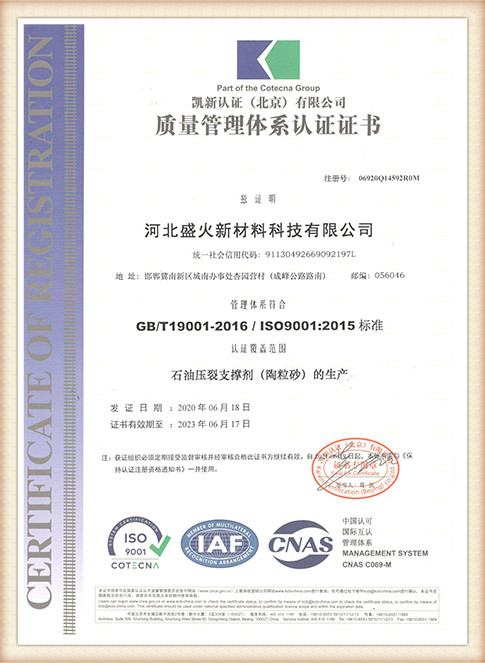Sand Casting Foundries An Overview
Sand casting is one of the oldest and most versatile metal casting processes still in use today. This technique, known for its efficiency and adaptability, is employed in foundries around the globe. In this article, we will explore the fundamentals of sand casting, the advantages it offers, the types of foundries that utilize this method, and its applications in various industries.
What is Sand Casting?
Sand casting involves the creation of a mold from a mixture of sand and bonding agents. The process typically starts with the creation of a pattern, which is a replica of the final product made from materials such as metal, plastic, or wood. The pattern is placed in a mold box, and sand is packed around it. Once the sand hardens, the pattern is removed, leaving a cavity that represents the shape of the desired metal object.
The molten metal is then poured into this cavity and allowed to cool and solidify. After the cooling period, the sand mold is broken apart to reveal the cast metal part. This process can accommodate a wide range of metal alloys, making it suitable for producing intricate designs and large components.
Advantages of Sand Casting
One of the primary advantages of sand casting is its flexibility. It can produce parts of various sizes, from small components to large industrial castings, without the need for costly tooling. Additionally, sand molds can withstand high temperatures, which allows for the casting of various metals, including aluminum, iron, and steel.
Another benefit is the relatively low cost associated with the process. The materials needed for sand casting are inexpensive, and the setup time is minimal compared to other methods. This makes it an attractive option for both large-scale production runs and low-volume custom projects.
Furthermore, sand casting allows for excellent design freedom. Complex geometries can be produced with relative ease, which makes it a preferred choice in industries where unique shapes and intricate details are essential.
Types of Sand Casting Foundries
sand casting foundries

There are several types of foundries that utilize sand casting processes, each specialized for different applications and scales of production
1. Job Shops These foundries are typically smaller and focus on custom, one-off projects for a wide variety of clients. They often work on specific designs provided by customers and offer a flexible production capability.
2. Production Foundries In contrast, production foundries are equipped to handle larger volumes of the same casting. They often employ semi-automated or fully automated processes to maintain efficiency and consistency in mass production.
3. Heavy and Light Metal Foundries Depending on the materials being cast, foundries may specialize in either heavy metal casting for industrial applications or light metal casting for automotive and consumer goods.
Applications Across Industries
Sand casting is employed in numerous industries, including automotive, aerospace, and construction. In the automotive sector, it is commonly used to produce engine blocks, transmission cases, and a myriad of other components. The aerospace industry benefits from sand casting’s ability to create lightweight yet strong components, making it suitable for aircraft parts.
Moreover, sand casting is also extensively used in the production of art and decorative items, showcasing the technique's versatility beyond industrial applications. From sculptures to custom jewelry, the capabilities of sand casting allow artists to bring their visions to life.
Conclusion
In summary, sand casting foundries play a vital role in modern manufacturing by utilizing a time-honored technique that continues to adapt and thrive. With its affordability, flexibility, and capacity for intricate designs, sand casting remains a preferred method for producing a wide range of metal components across various industries. As innovations in materials and processes continue to emerge, the future of sand casting foundries looks promising, ensuring their place in the evolving landscape of manufacturing.
Post time:พ.ย. . 28, 2024 01:07
Next:Innovative Techniques in Three-Dimensional Sand Printing Technology for Modern Manufacturing Applications
